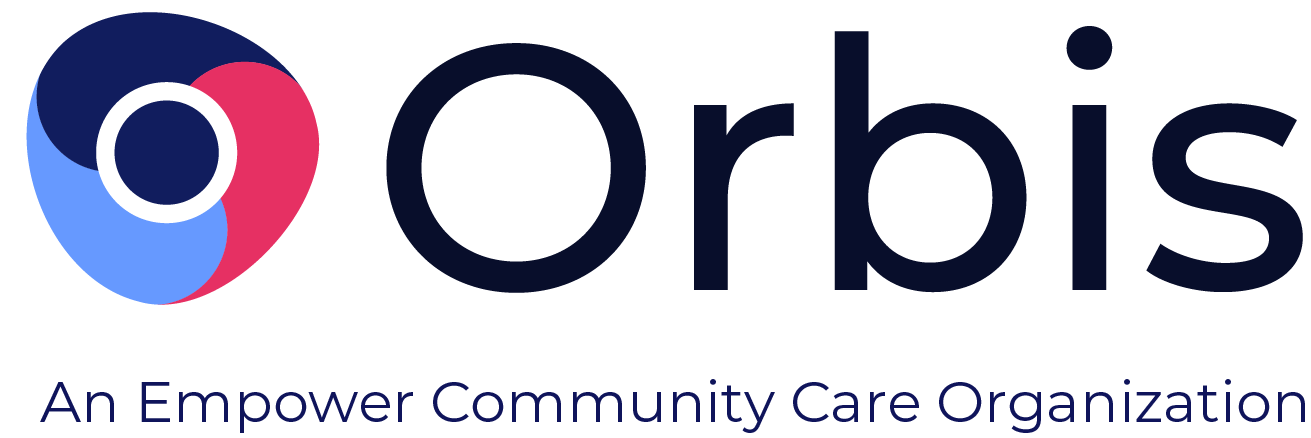Risk and needs assessments are standardized tools that help justice system professionals estimate a person’s likelihood of recidivism and identify factors that contribute to maladaptive behavior. These instruments are also used for case planning and management to ensure treatment adequately addresses an individual’s criminogenic needs.
Criminal justice risk and needs assessments are critical in determining the intensity of programming an individual under supervision requires. For example, a person with a low risk of reoffending will likely require few rehabilitative services and minimal oversight whereas someone at high risk may need to participate in many programs with frequent surveillance.
In order for these evaluations to be accurate and effective, justice practitioners throughout the United States must adhere to the official Justice Center’s Guidelines for Post-Conviction Risk and Needs Assessment.
National Guidelines for Post-Conviction Risk and Needs Assessment
The Justice Center recently published 13 ways justice system professionals can improve their risk and needs assessments. Their suggestions are broken into four categories: accuracy, fairness, transparency, and effective communication and use.
Accuracy
By definition, risk and needs assessments should be able to predict an individual's likelihood of reoffence and determine their criminogenic needs. Tools should be evaluated to ensure they, in fact, predict what they are supposed to when used properly.
- Evaluate the post-conviction (post-adjudication in youth justice) risk and needs assessment tool to make certain it suits the target population.
- Ensure the instrument is reliable among all practitioners
- Before implementing an assessment tool in an agency, confirm the results are aligned with local data and practices.
- Revalidate assessment tools every five years or whenever there is a major shift in policy or population.
- Communicate with industry experts to ensure that risk and needs assessments adhere to best practices and standards.
- Reach the minimum standards of post-trial risk and needs assessments according to standards set forth by data.
- Multiple practitioners should reach the same conclusions when administrating post-conviction assessments.
- Demonstrate at least “good” validity in estimating a person’s likelihood of reoffence after conviction and assessment.
- Use a continuous quality improvement (CQI) process to ensure risk and needs assessment tools are implemented properly.
- Create clearly outlined protocols for utilizing post-conviction assessments.
- Train all assessors on rating procedures and proper protocols.
- Review cases at least twice per year to identify areas of opportunity that can be corrected through additional coaching or training.
- Train all assessors at least once per year to establish adherence to best practices and resolve any existing issues.
- Assess risk and needs with a multistep approach
- If post-conviction risk screening tools are used, perform a comprehensive risk and needs assessment for individuals at high risk of recidivism.
- Reassess regularly to monitor how the person under supervision improves and adjust case planning, as needed
Fairness
Risk and needs assessments should be fair amongst all participants, regardless of race, ethnicity, gender, or other attributes such as mental health conditions. Fairness should be considered throughout the entire assessment process from development to implementation and case planning.
- Check risk and needs assessment results for anticipated bias and unintended impact.
- Examine if the likelihood of recidivism follows a similar trend in individuals who are of the same race, ethnicity, and gender.
- Compare how results correlate with case decisions, resource allocation, and service provision across demographics.
- Apply assessment results according to the Risk-Need-Responsivity (RNR) principles.
- Determine supervision requirements with assessment results in mind.
- Identify which factors and needs will be addressed with rehabilitative services and programs.
- Minimize the likelihood of reoffence with interventions customized to the individual’s motivations, strengths, and abilities.
- Utilize global strategies to decrease the risk of disparities in local applications.
- Choose a risk and needs assessment tool based on its performance, content, and context.
- Utilize strategies that promote equitable and safe programming, resource allocation, and service use.
Transparency
Information about the content, structure, and application of these risk and needs assessments should be distributed to participants and decision-makers in an accessible manner. Transparency is key for ensuring all stakeholders understand how these assessments are built, conducted, and used in case planning.
- Provide participants with information on the development, use, and validation of risk and needs assessment tools.
- Explain how the risk and needs assessment tool was created, and its intended settings, populations, and outcomes.
- Articulate how the assessment measures risk, including its definitions, scoring, and weighting, in layman’s terms.
- Describe the different risk levels and how they are determined.
- Detail training requirements, including QCI.
- Publish accessible study results that examine criminal justice risk and needs assessment tools.
- Create a policy that details how risk and needs assessment instruments should be used locally.
- Explain where the agency finds information used to conduct risk and needs assessments and detail potential drawbacks, including data quality or biases.
- Define how risk and needs assessment results are used to inform case planning, resource allocation, and service use.
- Allow stakeholders to comment on the policy.
- Review and update the policy, as needed.
- Give the general public easily accessible information related to the positives and negatives of the criminal justice risk and needs assessment tool. Explain the following:
- What the assessment is and is not intended for.
- How the tool was designed to minimize racial, ethnic, and gender biases while increasing accuracy.
- How the instrument is evaluated, including studies on implicit bias and unintended impact and limitations that must be addressed.
- Explain how an assessment tool was selected for use and how it will be implemented in an agency.
Effective Communication and Use
Proper communication about risk and needs assessment results is necessary for adequate case planning and, as a result, intervention effectiveness. Otherwise, there is a risk of weakening the instrument’s accuracy, fairness, and transparency.
- Replate assessment results to RNR principles.
- Describe how an individual’s results and their recommended case planning are necessary for decreasing the likelihood of reoffence.
- Identify factors that contribute to assessment results and how they can be addressed through proper case planning.
- Give context to assessment results.
- Explain the risk results and the type of criminal behavior an individual is likely to exemplify.
- Define the assessment’s parameters.
- Define how an individual’s recommended interventions will reduce the likelihood of recidivism and promote program success.
- Create guidelines for communicating the individual results to all relevant participants, including the individuals who are assessed.
- Use clear, concise, predictable, and consistent structure and formatting.
- Adapt language to fit the target audience.
- Share guidelines with all relevant stakeholders for feedback before finalizing.
Criminal Justice Risk and Needs Assessments for Juveniles and Adults
Orbis Partners provides solutions for the criminal and juvenile justice systems, specializing in designing and implementing effective risk, needs, and strength assessments and evidence-based interventions. Orbis currently offers two assessment tools designed for youth and adults.
The Youth Assessment and Screening Instrument (YASI) is an innovative youth assessment tool that measures risk, needs, and protective factors in at-risk and juvenile justice-involved youth. This instrument is a valuable avenue for entering and analyzing information collected by juvenile justice system professionals who assess at-risk youth clients. YASI makes it easier for case planners and other decision-makers in the justice system to create individualized intervention strategies and place youth on a path toward success.
The Service Planning Instrument (SPIn) is a tool for assessing risk, needs, and protective factors in adult criminal justice clients. SPIn is designed to help justice system professionals gather and analyze information from multiple sources and apply the results to individualized case plans and appropriate service provision. A special version for justice-involved women (SPInW) is also available.
These two criminal justice assessment tools have demonstrated great utility in helping caseworkers and justice-involved youth and adults develop effective case plans by capitalizing on strengths and protective factors to promote client success.
Criminal justice risk and needs assessment tools are critical for determining a justice-involved individual’s criminogenic needs and creating a rehabilitative plan that guides them toward success. By using the National Guidelines for Post-Conviction Risk and Needs Assessment set forth by the Justice Center, agencies throughout the U.S. can ensure their assessment tools promote individual mental and physical health while reducing reoffence rates.
Orbis Partners provides solutions for criminal justice and human services systems, specializing in designing and implementing services for at-risk client groups. Orbis’ risk/needs assessment tools for youth and adults are designed to guide the casework process by incorporating an individual’s unique set of needs. For more information, visit our Risk Assessments page by clicking here.


